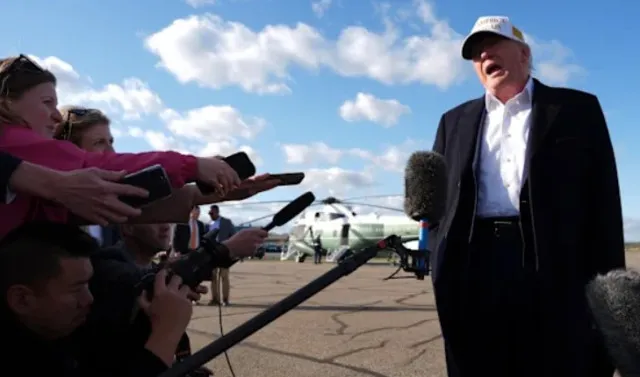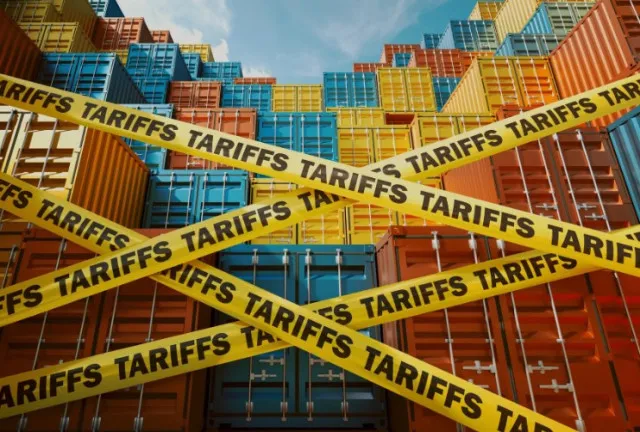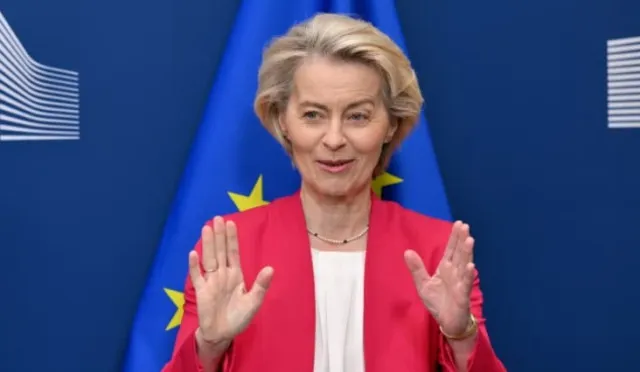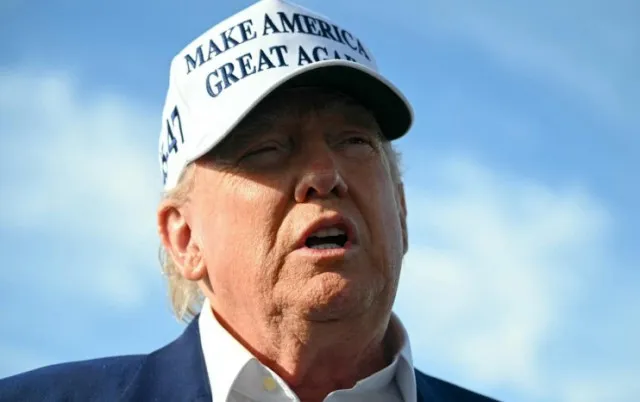President Trump announced a delay of the planned 50% tariffs on European Union imports, pushing the deadline back to July 9.
President Donald Trump announced on Sunday that the United States will postpone the implementation of a planned 50% tariff on imports from the European Union (EU) until July 9.
This decision marks another time Trump threatened steep tariffs, causing global market uncertainty.
He later eased tensions by postponing the tariff enforcement.
The delay came after Trump and EU President von der Leyen had a productive call to allow more negotiation time.

Trump postpones planned 50% tariffs on EU goods until July 9 deadline
During a press briefing at Morristown Municipal Airport in New Jersey, Trump shared details of his call with von der Leyen.
Trump said she wanted serious talks and asked to extend the tariff deadline from June 1 to July 9.
“(Von der Leyen) said she wants to get down to serious negotiation,” Trump told reporters at Morristown Municipal Airport in New Jersey.
“July 9 would be the day, that was the date she requested. Could we move it from June 1 to July 9? I agreed to do that.”
“She said we will rapidly get together and see if we can work something out,” he added.
Von der Leyen praised the call, emphasizing the strong US-EU trade ties and the EU’s eagerness for decisive talks.

Previous threats contrasted with the new diplomatic approach
Just days earlier, Trump claimed he wasn’t seeking a deal with the EU and confirmed the 50% tariff would begin on June 1.
The 50% tariff was set to follow a 20% reciprocal tariff imposed in April on EU goods, which had also faced earlier delays.
This cycle of bold tariff threats and sudden delays has fueled uncertainty in global markets.
Following news of the latest delay, Asian stock exchanges responded positively, with Japan’s Nikkei 225 and South Korea’s KOSPI both recording notable gains.
Trade imbalance concerns remain central to policy
Trump’s trade policies often focus on eliminating what he calls “non-monetary trade barriers.”
He also aims to reduce the U.S. trade deficit with major partners like the EU.

Last year, the US Commerce Department reported a trade deficit of $236 billion between the US and the EU.
Trump has consistently voiced frustration over the U.S. importing more goods than it exports, especially from major economic blocs.
These concerns shape his tariff strategy, aiming to rebalance global trade in favor of U.S. industry and workers.
Trump reaffirms focus on military, tech manufacturing
During the same Sunday press event, Trump emphasized his administration’s priorities.
“We’re not looking to make sneakers and t-shirts … we want to make military equipment,”
Trump said. “We want to make big things. We want to do the ‘AI thing’ with the computers.”

He agreed with recent remarks from Treasury Secretary Scott Bessent, who downplayed the need to revive textile manufacturing in the United States.
Trump said the US aims to focus on military gear, AI, and chips, not consumer goods like sneakers and T-shirts.
Economic and political implications of tariff strategy
Trump’s approach to tariffs, particularly on the EU, reflects his broader economic and political agenda.
Trump’s 2016 and 2024 campaigns focused on reviving U.S. manufacturing and shielding domestic industries from foreign competition.
Trump uses tariffs to boost domestic production, create jobs, and strengthen the economy.
This strategy appeals to many working-class voters who have lost manufacturing jobs.
However, industry groups and trading partners criticize it for causing higher costs and market disruptions.